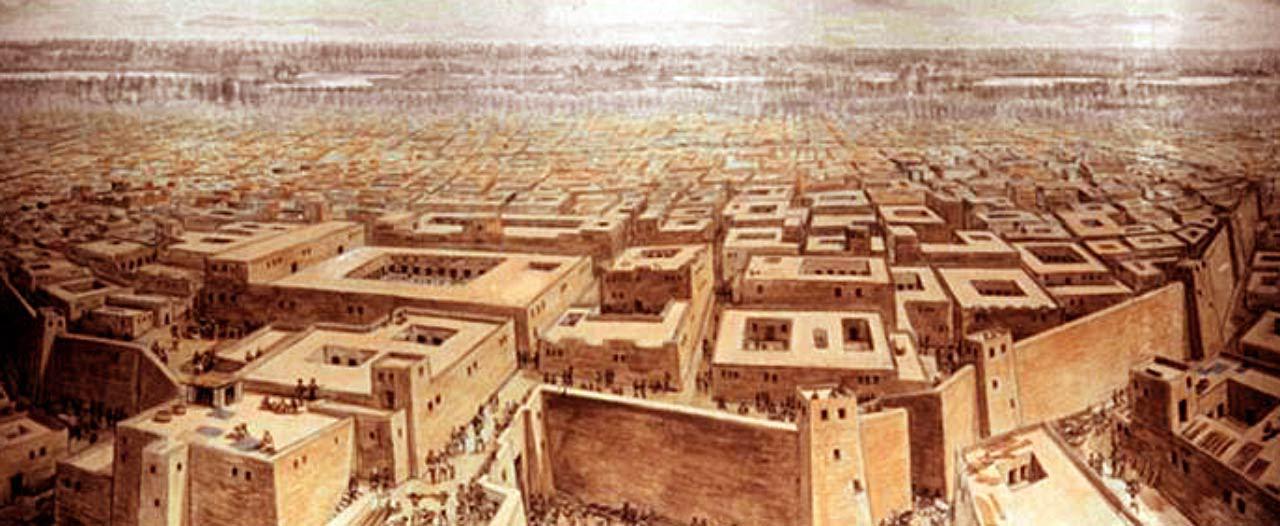
Picture this: thick smog rising above the concrete jungle, the steady honking of vehicles flowing from every direction, flies swarming the piles of waste scattered along the side of streets and vagabonds lined up on these streets- their eyes looking for an escape from their bleak world.
On the other hand, picture tasteful buildings overlooking a city square with children playing around a fountain, the trees swaying in the cool, clean breeze, vehicles flowing in an orderly fashion and happy faces going to work.
Now if we were to list down all the adjectives related to each of the two scenarios, it would look something like this:
|
Scenario 1 |
Scenario 2 |
|
Desolate |
Joyful |
|
Gloomy |
Cheery |
|
Chaotic |
Clean |
|
Diseased |
Systematic |
|
Miserable |
Lively |
|
Hopeless |
Homely |
|
Fatal |
Prosperous |
The stark difference between the two scenarios when looked at in terms of urbanization, can be boiled down to the direction of growth of a city. So, growth/ transformation can be either positive or negative as the two cases suggest. In the first case, unlike the second, we can see the traces of a poorly planned city with no forethought of expansion. Not accommodating a growing population with insufficient resources to meet the demand.
The case of an unparalleled planned city VS an unanticipated population growth
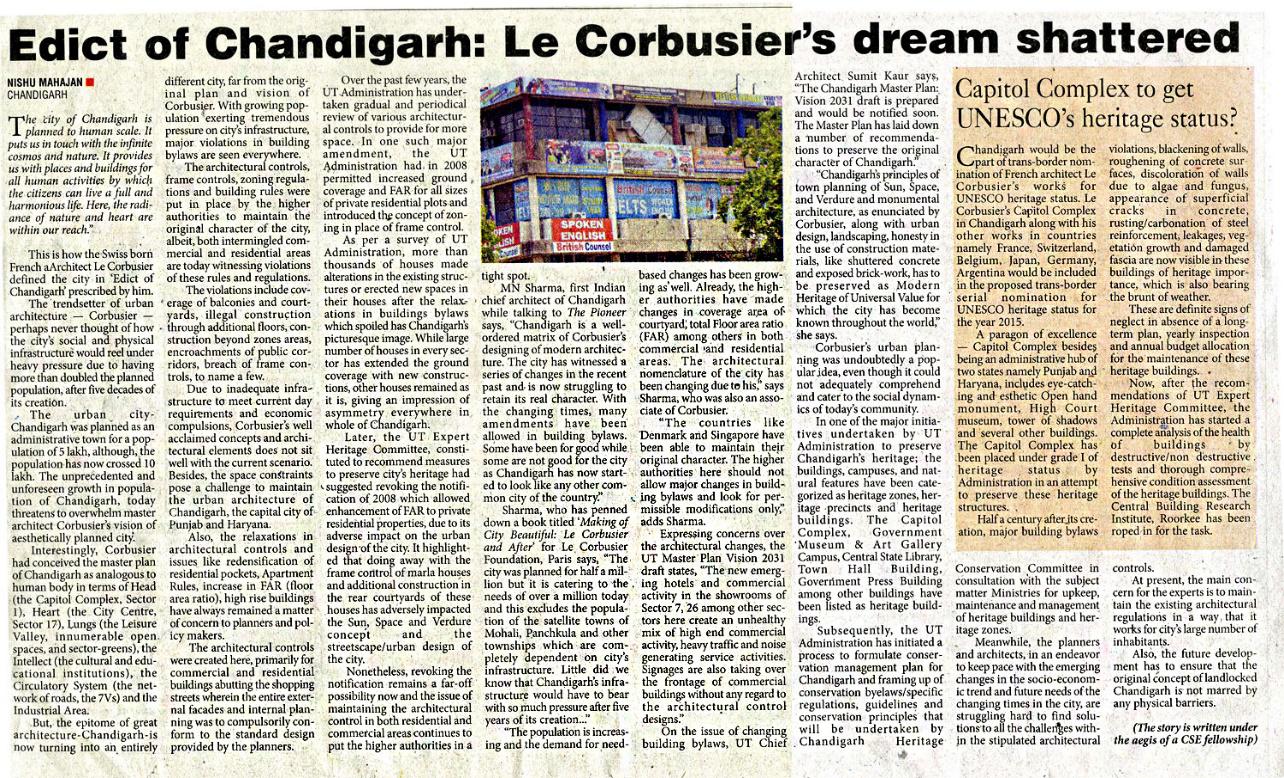
Urban transformation is the reshaping of our environment based on the current needs and social changes that occur within the urban fabric.
From the beginning of time, man has constantly modified his environment and transformed it in accordance to his needs and wants, playing with nature, incorporating additions of his own. This transformation is the product of population expansion, rise in demands, the aim to meet these demands, natural calamities and for the simple reason that man always wants more than what he already has.
Today’s Indian cities, in the chaotic state that they are, are caught in this balance act (more like double act) of playing the role of a smoothly running city, and that of making themselves ‘liveable’. That is, the city must be accommodative, adaptable and flexible to change, say, change in weather.
But what caused the cities of today to implode into this chaotic and a seemingly unplanned settlement, wherein a government has to struggle to keep up to the growing needs of its people? What is the need for such a transformation?
This can be better understood if we look at how we got to here in the first place.
Inklings from the Past
A study on human settlements tell us a lot about the manner in which a settlement comes to being. From its origin, the ‘why’, ‘when’ and ‘how’ they begin to live, to the ‘what’ that becomes the élan vital of their settlement. Be it a water source, a forest, an existing settlement, all of them have one thing in common: they allow the settlement to latch onto them and feed off them for as long as they foster it.
Indian cities of today however, seem to have lost their character and the lifelines that sustain them. The natural resources within the cities have become so sparse that even the little life that they have will be sucked out. They have become merely an urban fabric into which is sewn material that is baseless, plastic, and soulless.
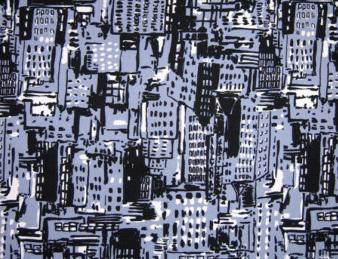
This was never the case for the cities of the past. Sure, these were cities growing on new lands and there was enough ground cover at their disposal. Yet, they never turned out as today’s cities have. Again, evidence of good transformation without loss in traits and character; a good reason why we have hordes of conservation bodies in the country. The fight to preserve, protect, rejuvenate heritage sites and structures has been taken to the next level, especially with the advent of social media. Sites of historical importance that were once unknown are now brought to the notice of authorities and public alike.
Gone are the days when public concern was considered as personal concern. Everyone is in a box of their own. Caught up in the rat race of their own life which gives them no time to turn contributing to the development of their city. Of course, this is not the case everywhere. We do have exceptional individuals who take time out of their busy lives and those who lead a life of servitude to their city. If it weren’t for people such as them, the rate of downfall of our Indian cities would be higher.
The ancient civilizations of the world have seen the rise and fall of cities, their rebirth and their evolution over time. One would think that these would have served as lessons for the present-day master planner. And yet, the ideal city has never been built nor does it seem to have ever been built. It is like a mobile phone company. Every new model that comes out, is considerably better than its predecessor, but also still lacks in certain areas. We have boundless technology at our disposal. So, what made ancient cities considerably better-off?
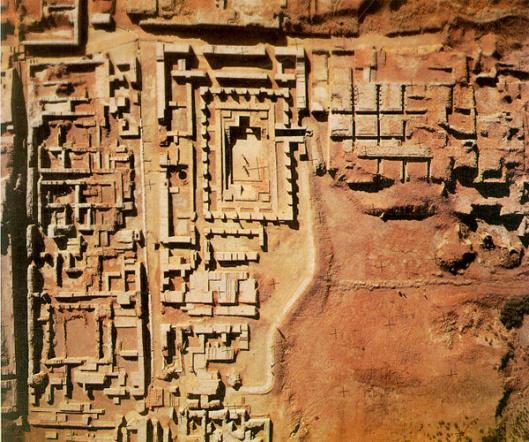
Maybe it was the authority that the rulers had back with over-whelming power and riches – enough to build planned cities and armies using the knowledge, skills and especially technology. All of which are in plenty now. Even so, they erected towering citadels like the mounds of Mohenjo-Daro or the military-grade Tughlaqabad. Or maybe it was the use of all-natural materials for the structures that made them impeccable (the reason why they still stand).
The Indus Valley cities are said to have been well-planned, well-protected with structures to sustain the city. Artefacts from the excavation sites suggest a technologically forward urban culture with the traces of urban planning. The people were either traders or practitioners of a trade. Social equality seemed to have been prevalent, even though the settlement pattern was based off their occupation.

Sadly, it is not the same today. Social inequalities prevail from the time of the Aryans. Today discrimination occurs in every corner. The questions that crop up are “which political party do you support?”, ” do you earn as much as we do?”, “do you belong to our caste?”, “are you a part of XYZ community?”, “do you believe in the same religion as we do?”…
This is an unfortunate cause of disconnect among people and is a toxic situation for any city. The lowest and most unacceptable ground to create instability in an already imbalanced fabric. Fortunately, for the ancient cities of Indus Valley, there is no evidence of any misgivings and fall-through that would have harmed their growth. This notable civilization that thrived for over a thousand years, however, died, and for no fault of theirs. It is believed that climate change (perhaps the ice age) brought about their downfall. Definitely a major reassurance that this was not a human-caused catastrophe.
But it is imperative to note that sometimes even the most seemingly perfect of cities does not stand a chance against the work of nature.
Following this, is a tale of power, dominance, casteism, conquer, devastation, treaties and independence. India had seen a score of rulers who had their fingers in this pie, and also a hand at laying bare a country that is now broken, bankrupt and bereft of uniform development.
After 1947, the nation’s leaders worked towards a forward development of administration, infrastructure and livelihood of the citizens – an attempt at redemption. Again, the never-ending attempt at ‘liveability’- the essence of urban transformation is at play. Everyone aims for that stress-free life ergo an easy, comfortable life. The government’s first priority was to mend the nation. Plans for providing for the people began.
The private sector developed under this strive for urbanization. This brought in many MNCs to invest in infrastructure projects. Dams, community housing and even cities were built. This brought in all kinds of architectural styles, building typologies in to the country. Tourism promotion began in full swing; hospitality building began emerging in every corner. This brought in revenue needed towards urbanization.
Urban Transformation and Present-Day India
India, with its population, is bursting at the seams, fighting to box in all of its inhabitants. The struggle is real.
For decades now, there does not seem to be respite from the difficulty faced by every urban centre in the country to try and accommodate all of the city dwellers. To battle this, the Indian government has done what it has always done best – set up development schemes. Schemes for housing and urban development such as Jawaharlal Nehru National Urban Renewal Mission (JNNURM) in 2005, schemes for the judicious use of vehicles and reduction of pollution-inducing industries like the Graded Response Action Plan that Delhi government started last year, have been set in place. Even programmes to keep the mammoth-sized population in check have been brought out.
So, then why doesn’t any of these not seem to straighten things out? There is always criticism in every corner. What people do not realize is that these are but the preliminary steps to victory on this paramount of a battle.

Lack of affordable housing/ land for the common man is the root cause for springing up of slums, unhygienic conditions, insufficiency of jobs, uncontrolled city growth, etc. With prices sky-rocketing, it has become impossible for most to afford housing within city limits. In an attempt to control the densification in the cities, housing projects began to provide low-cost housing for the needy. But a bare house of a location that does not benefit you or your family, away from your work place or place of study or amenities, becomes a mere inconvenience.
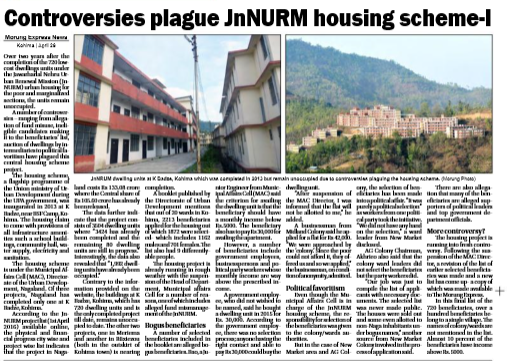
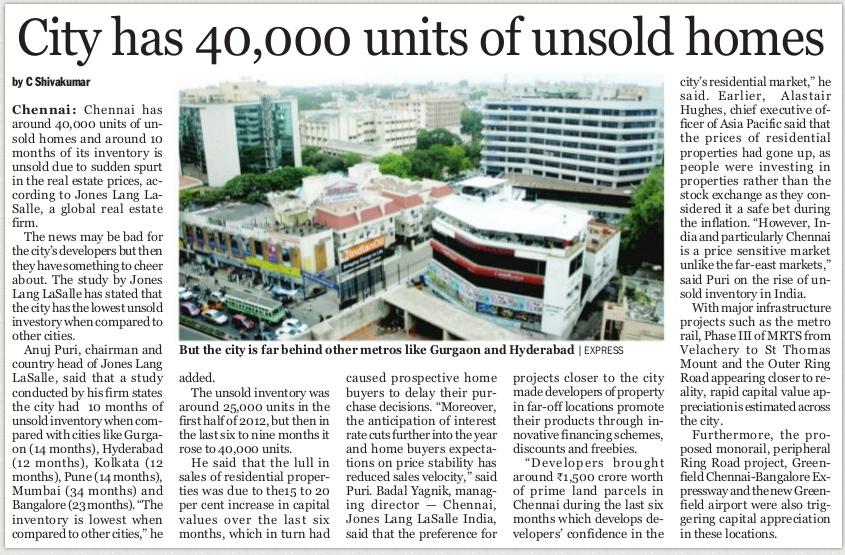
Housing units laying abandoned
Not only these abandoned housing now a waste of space but have also become the hub of unsolicited activities. In short, the government has unwittingly provided a free of cost headquarters for crime rings.
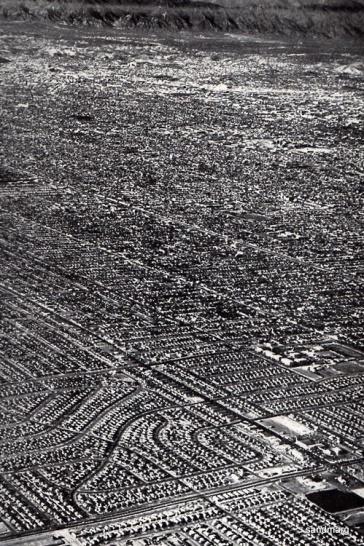
But this congestion within cities has led to the upsurge of urban sprawls. Sprawly developments away from the city centre growing endlessly for as much as land there is left to be occupied. Though this helps to ease the congestion at the heart of the city, it also is untamed by trait. The development occurs unplanned and at a really fast pace.
Urban Transformation – A Politician’s Agenda
The urban centres of New Delhi, Mumbai, Kolkata and Chennai are the major victims of this fiasco. Trying to incorporate technologies and infrastructure that fail to serve their purpose in the long run, due to the ever-expanding footfalls, inadequate measure to maintenance and the non-suitability to the city’s climate. By bringing these foreign solutions for a city that was once built-off mud, there is no doubt that failure is impending at every turn. It is a vicious cycle of construction, failure, repair, followed by more failure.
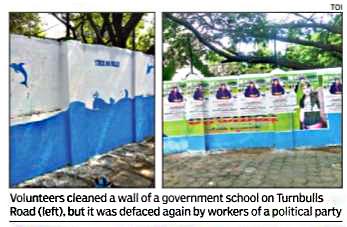
The fault lies no doubt in the manner of facilitation of these schemes and the preceding follow-through, which when done, is many a time not seen through its completion. The pomp and vigour with which a scheme is announced is not mirrored throughout its implementation. This is not a case of administrative forces not doing their duties. Unfortunately, what they are doing looks good only on a larger scale. Every time election time comes around, there’s a spur of proposals and promises. Food scraps to pacify the horde temporarily. Half of these are merely in the air and never materialize into reality.
It’s like the stories you see in the movies and papers: “XYZ Scheme Proposed by ABC government”, “XYZ Scheme Implementation on Process” and then a few months later, a drastic “ABC Government fails its people”.
Like that central government scheme for the provision of toilets in every household. A commendable job was done in setting up of the toilets, i.e., installing an Indian closet in an enclosed space. But that was the end of it for many. No arrangement was made for water supply to-and-fro the toilet. Surely, and most definitely not the fault of those who passed the bill, blame those who implemented it!
But even so, with a billion people under its wing, the central government is at a loss. Naturally, hiccups will occur. It is inevitable. But as long as progress in the forward direction is made, there is no need to call out our leaders every time there is a lacking on their part. Not forgive and forget, but learn and improve.
From Madrasi to Chennaiite
The city of Chennai has its humble beginnings as Madrasapattinam (Madras) that was the centre for its knowledge houses, fishing community, the impeccable arts, the weaving culture and being the seat of the great rulers of the South. On the arrival of foreign invaders, the city turned into a business hub, serving as one of the major shipping ports.

The shift – in the housing styles, livelihoods, social activities and the overall character of the city – was drastic. No longer did a lot of places see vernacular-styled residences alone. Instead, palatial dwellings and administrative buildings of styles foreign to the locale sprung up, thus changing the urban setting forever. The city we see today is therefore a mix of the old and the new, the classical and the modern, the dilapidated and the intact. And to this disarray, transformation is inescapable for there is always the need, and at times, a want for more.
The arts, especially cinema and theatre, have always been and still are a significant part of the people of Chennai. It has transformed the city in terms of formation of ideologies and infrastructure- cinema halls, auditoriums, concert halls, museums.
This industry has also aided in the promotion of tourism, as do other places in India. The entertainment industry garners attention and support as much as politicians do. This industry has a major influence on the social state of mind of its savourers and an impact on the ideologies of people.
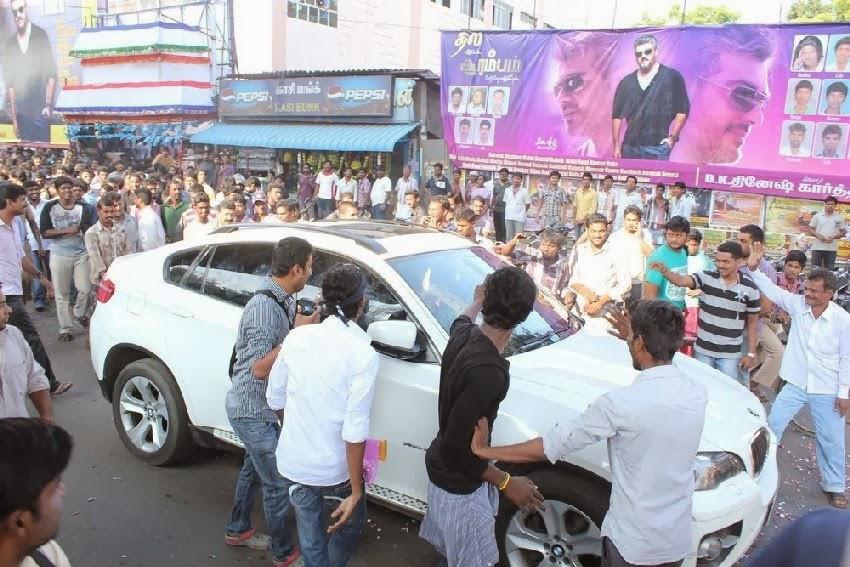
Chennai, today, is the Industrial hub of India and the ‘Detroit of India‘ for four reasons: its varied public transport facilities, the plethora of healthcare centres, the boom in the IT industry and its manufacture of automobiles.
The following have shaped the outlook of Chennai city over the decades and have added to the character of the city. They gave rise to new types of employment, increased employment rates, a one-up to the manufacturing and research field.
1. Integral Coach Factory (ICF), Park Town
A first-of-its-kind in India, dealing with light weight, all steel and all welded Integral railway passenger coaches, since 1955.
2. Indira Gandhi Centre for Atomic Research (IGCAR), Kalpakkam
Started in 1971.The second largest nuclear plant in India. Engaged in multidisciplinary programme of scientific research and advanced engineering.
3. Manali Petrochemicals (MPL), Guindy
Chemical company developing products for use in fields such as appliances, food, fragrances, furniture, pharmaceuticals, since 1986.
4. Fishing Harbour, Royapuram
Kasimedu the largest port/market for catch and trade of fishes in Tamil Nadu.
5. Information Technology
The IT industry picked up in Chennai over the past three decades. This gave rise to a boom in the real estate market due to the need of residential quarters or the IT employees. This brought about price rises a result of the improving economic conditions of the urban population and their fast-paced lifestyle to suit their working style. Seeing its success, the government provided land and resources for infrastructure projects to boost the IT industry. A notable example of one such project is the IT Corridor on Old Mahabalipuram Road(OMR). (Discussed in detail in the Part 2 of this blog)
Chennai is like the American Dream of the South, where opportunity is plenty. An escape from the turmoil; a promised land. With hundreds of hopefuls -the skilled and unskilled- pouring in every year, the city is sometimes unable to fulfill even the basic needs of shelter. People then look for the cheapest route to a livelihood.
Due to this, a score of issues has arisen causing inconvenience to its citizens. Think Slumdog Millionaire. Vehicular traffic and housing congestion, slums, unsanitary conditions, pollution, quicker spread of diseases, safety issues, increased crime rates, price rise, insufficient funds and resources and economic instability.
The Chennai Metro Rail Limited(CMRL) is a major step ahead for Chennaiites. “Moving People, Sustaining Growth”; a vision that is seeing its development with gain in popularity.
Promoting the use of public transport is a major agenda, not only in Chennai but in the country, itself. As India moves towards greener solutions, one of which is the vision of an all electrically “driven” country by 2030. Hopefully this will be attained with (the already overdue) launch of Tesla cars in India. This move will drastically reduce pollution levels and enable cities to become more accessible.
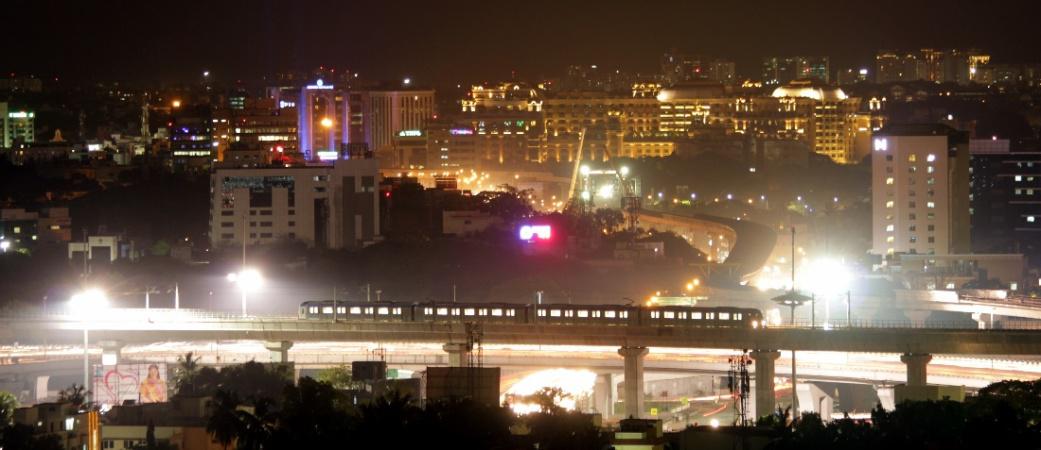
Mobility is a major issue in Chennai city, very obvious on Anna Salai Road, Usman Road, Guindy, OMR, Adyar. Taking the public transit to your place of work is a strain, so is driving there. Its affects are seen every day in the traffic congestion and accidents; most recently in the fire mishap at Chennai Silks, Thiyagaraja Nagar. Due to its ever-packed roads and poor accessibility, there was delay in putting out the fire on time. This has caused concerns over safety in such buildings.
When safety within the building itself is not guaranteed is a sad state of affairs. The fact that the incident occurred is itself an even bigger issue plaguing the city. Violation of building norms. A very common occurrence in Chennai. One of the reasons for the severity of the floods that took place in 2015 (the other being climate change).
Improper and insufficient signages, lack of working traffic lights, lack of pedestrian pathways…the list of issues related to accessibility could go on.
But with all of these downsides, the city still functions. Through all the stress and confusion people do go about their lives. That is one constant in the city- imperative to transformation. As the city densifies and develops, complexities are bound to occur. It is in the hands us – the citizens.
For any programme to successfully run in India, there should be consistency from start to end; there must be participation of all the stakeholders, however small their contribution may be. If this happens, and becomes the people’s agenda, naturally politicians will fall in line.
In the case of Chennai, all hope may not be lost. Without wasting a day, efforts are being made to ease the lives its people; construction of bypasses, bus stops, provision of public transit systems at affordable rates, waste bins, preservation of natural sites, conservation of heritage relevant locus, tidying up of the city.
The term ‘liveability’ pops up at quite a few places in this discussion; the quest for us humans to be at ease with our surroundings, through adaptation and transformation. To achieve this today we need to be more aware of our environment, the changes taking place and how we can contribute to the ones dealing with growth and progress in the positive direction. We must rid ourselves of the superfluous. Battle against the odds with “green”.
Alternative and renewable energy sources are already in use in many parts of India for decades on end now. The challenge is to switch over to these sources- a monumental task for decision-makers. Moreover, getting people to make the shift is a move that cannot be achieved by word of mouth and print alone. It has to be enacted. Maybe a good place to start is the government offices themselves.
In the next few decades we will see major improvements in the lives of the people, both in Chennai and within the country. But not until we instil the concern for the city as a concern of our own.
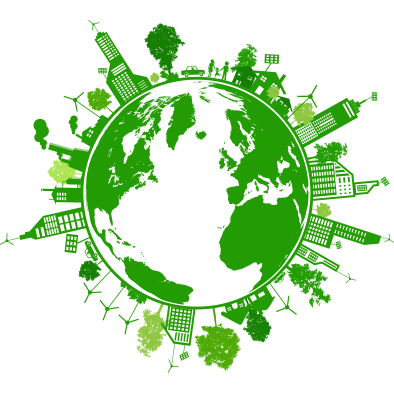
“Each of us is a unique strand in the intricate web of life and here to make a contribution.”
Related Articles
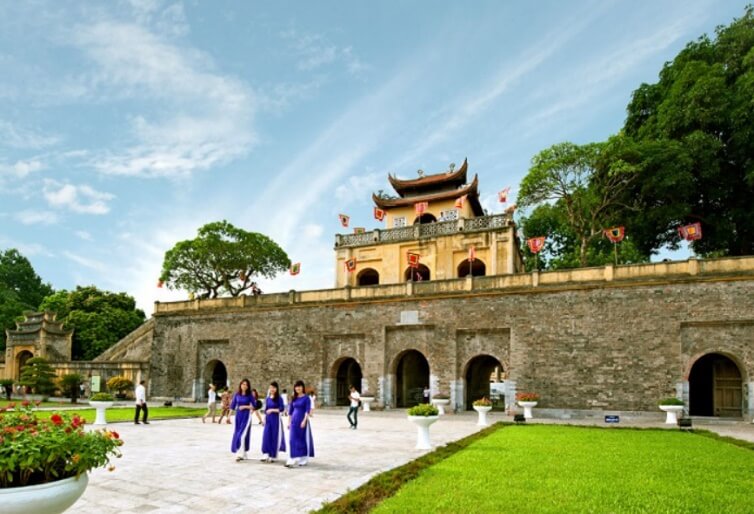
Tropical architecture Series – Blog 2
Vietnam Architecture – A lesson to learn Different cultures, histories, traditions, and styles of living in different countries are what make our world fascinating and unique. At its heart, a country's architecture reflects the culture, history, and customs of the...
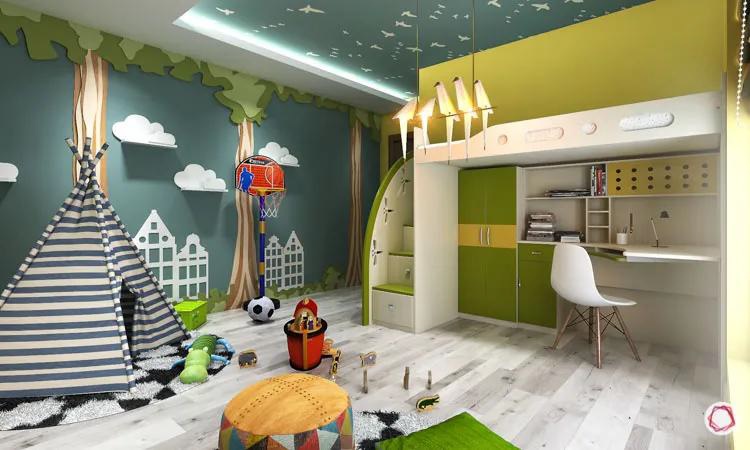
Divvying Living spaces : How the Pandemic Re-Shuffled Our Homes
by Ramya Shree K.K.Without a doubt, the COVID-19 pandemic has changed how we live. With most people around the world spending significantly more time in their homes than ever before, people are devoting more time and energy into finding more uses for their living...

Divvying Living spaces : How the Pandemic Re-Shuffled Our Homes
by Ramya Shree K.K.Without a doubt, the COVID-19 pandemic has changed how we live. With most people around the world spending significantly more time in their homes than ever before, people are devoting more time and energy into finding more uses for their living...
